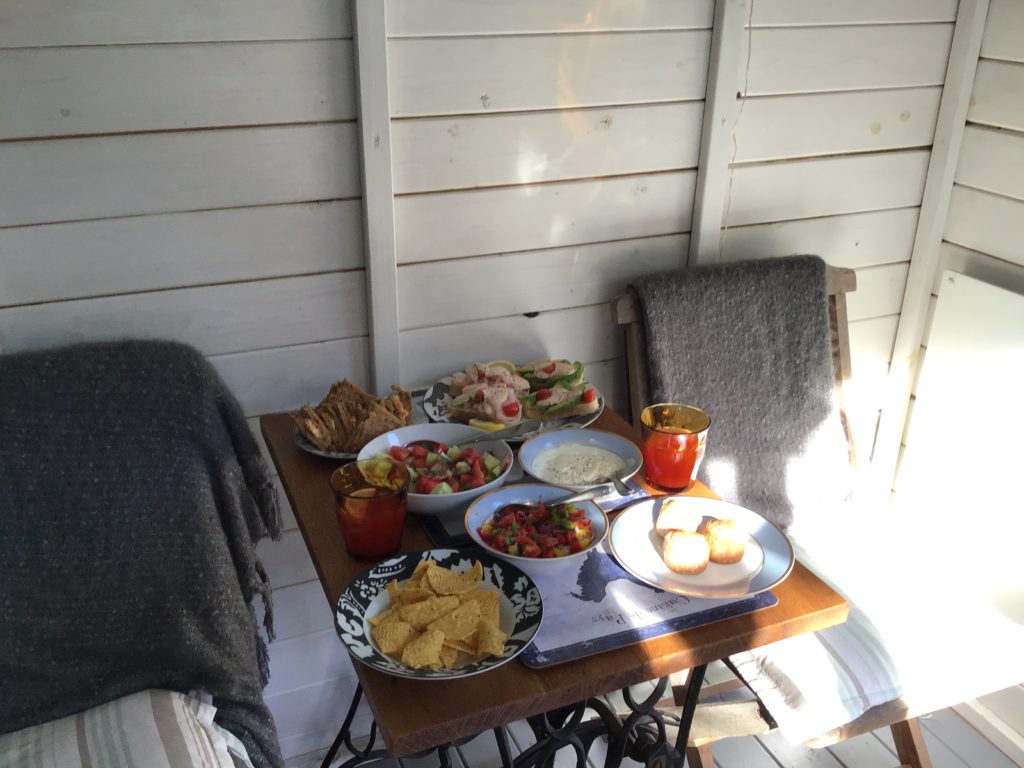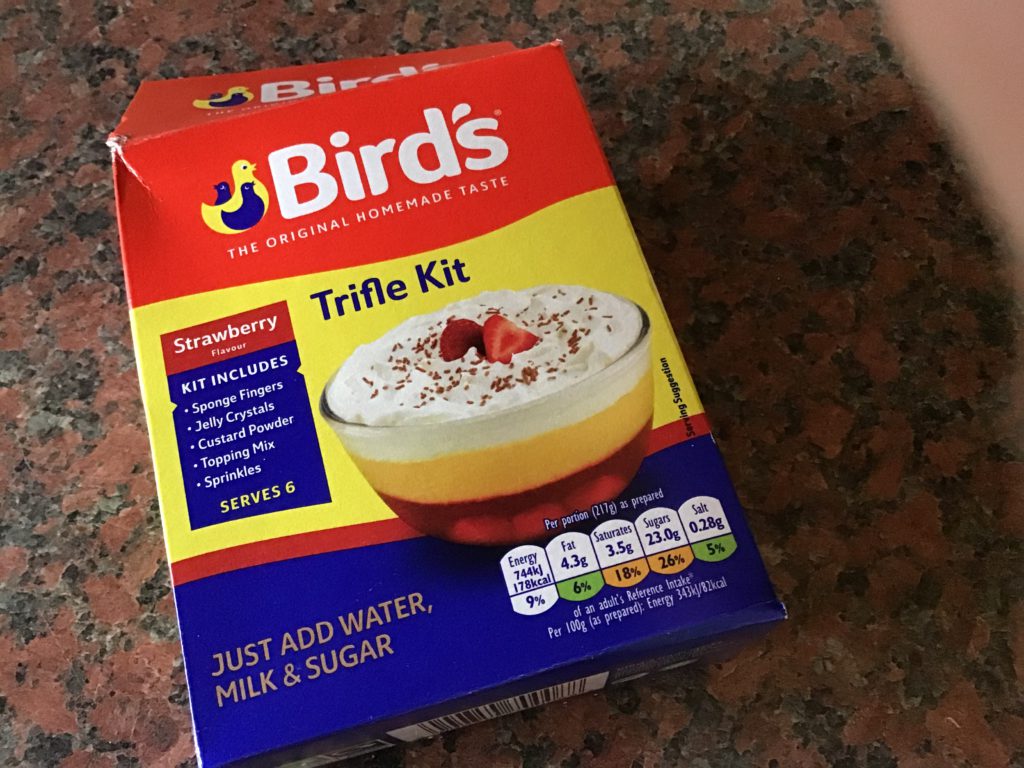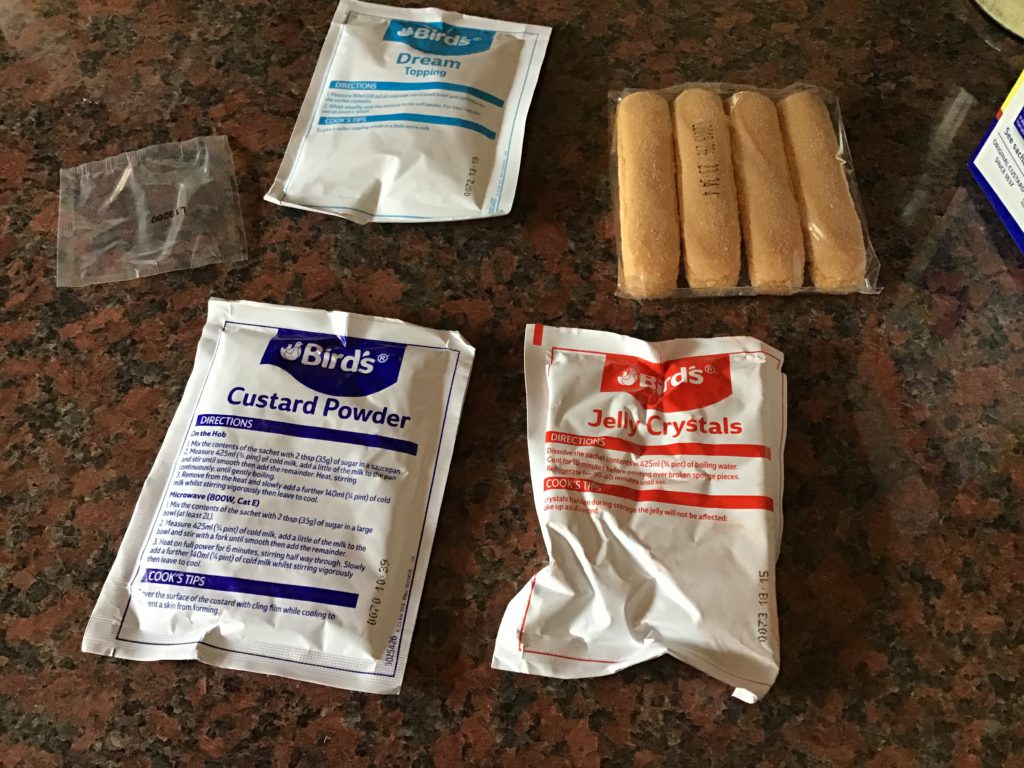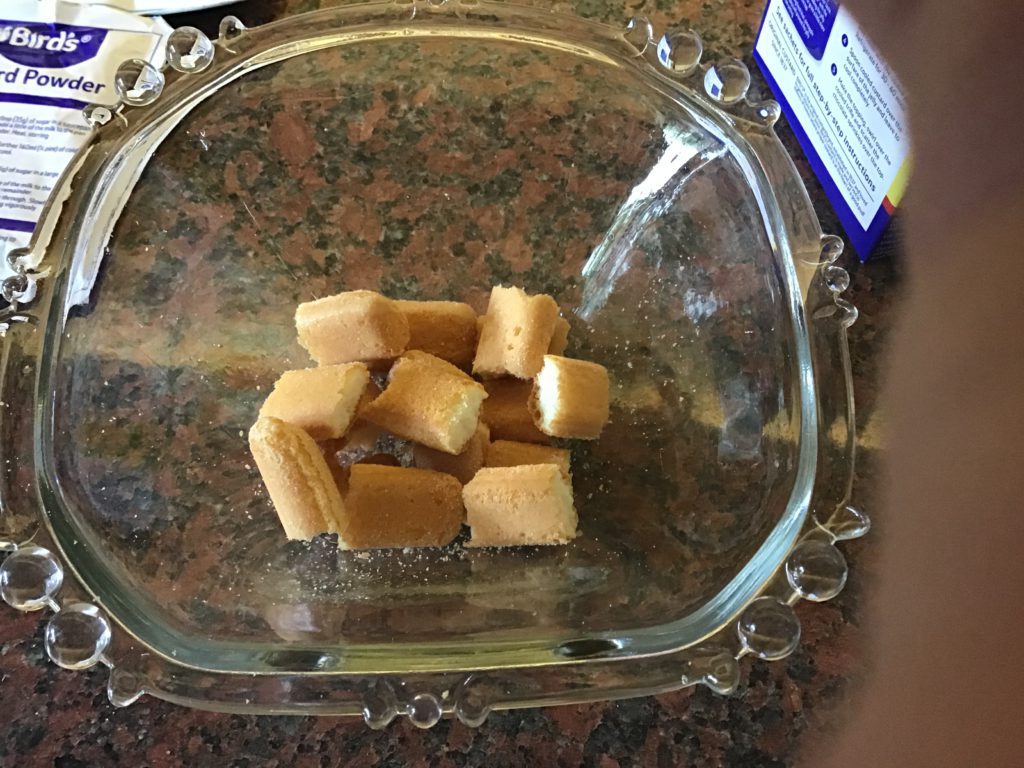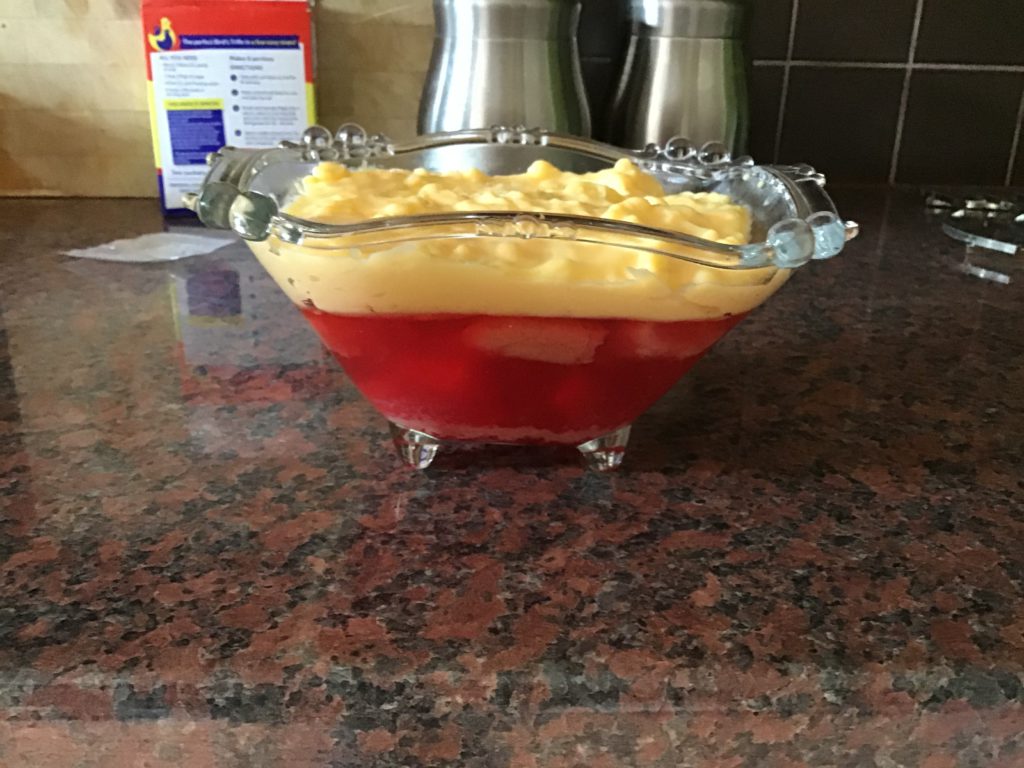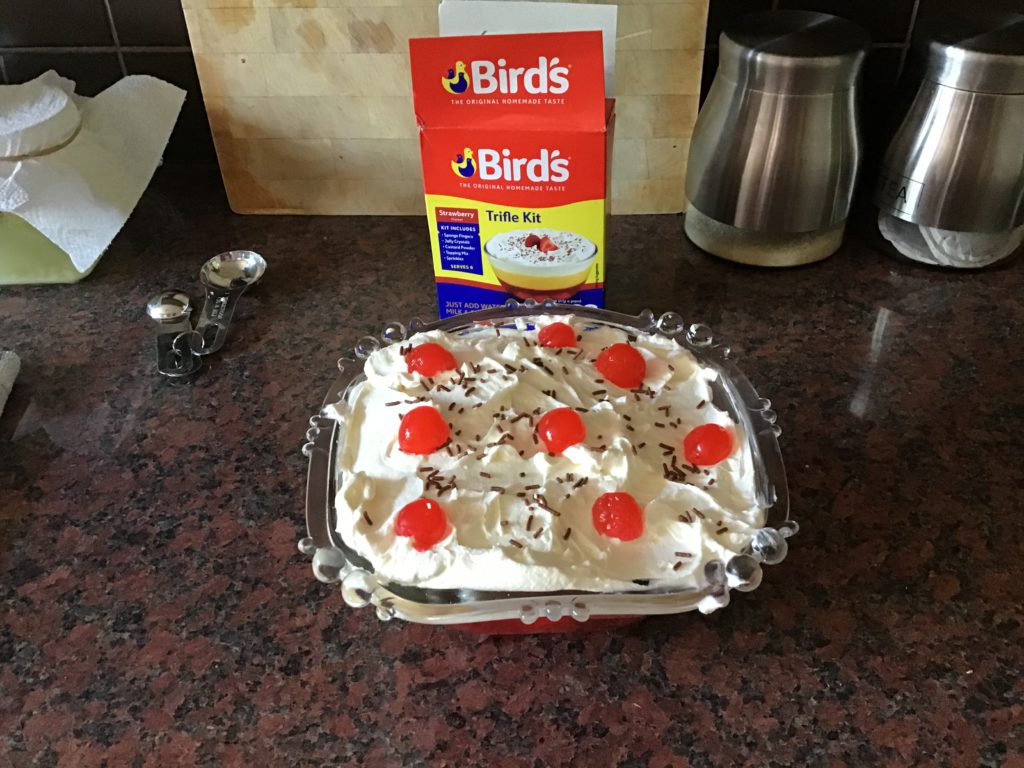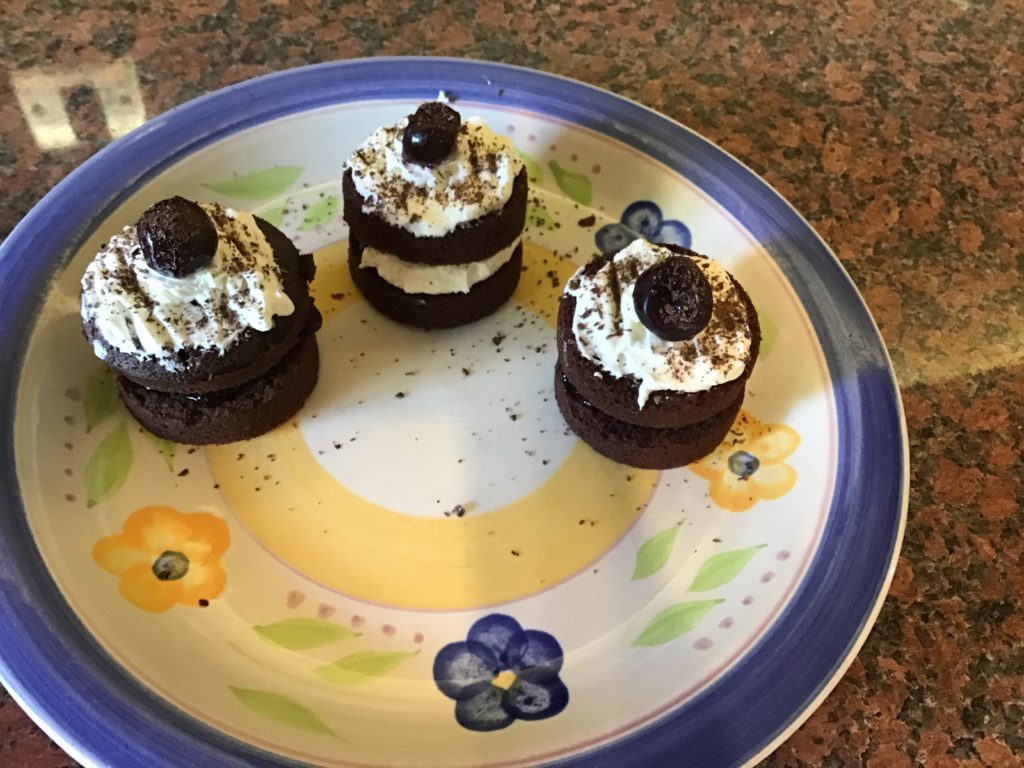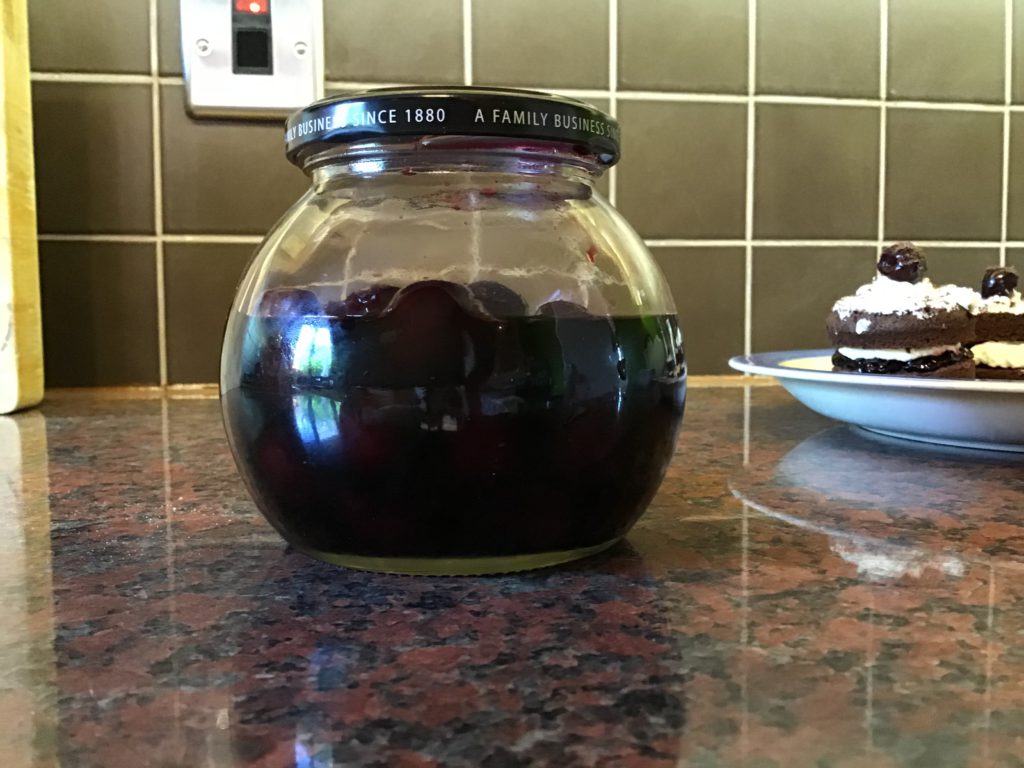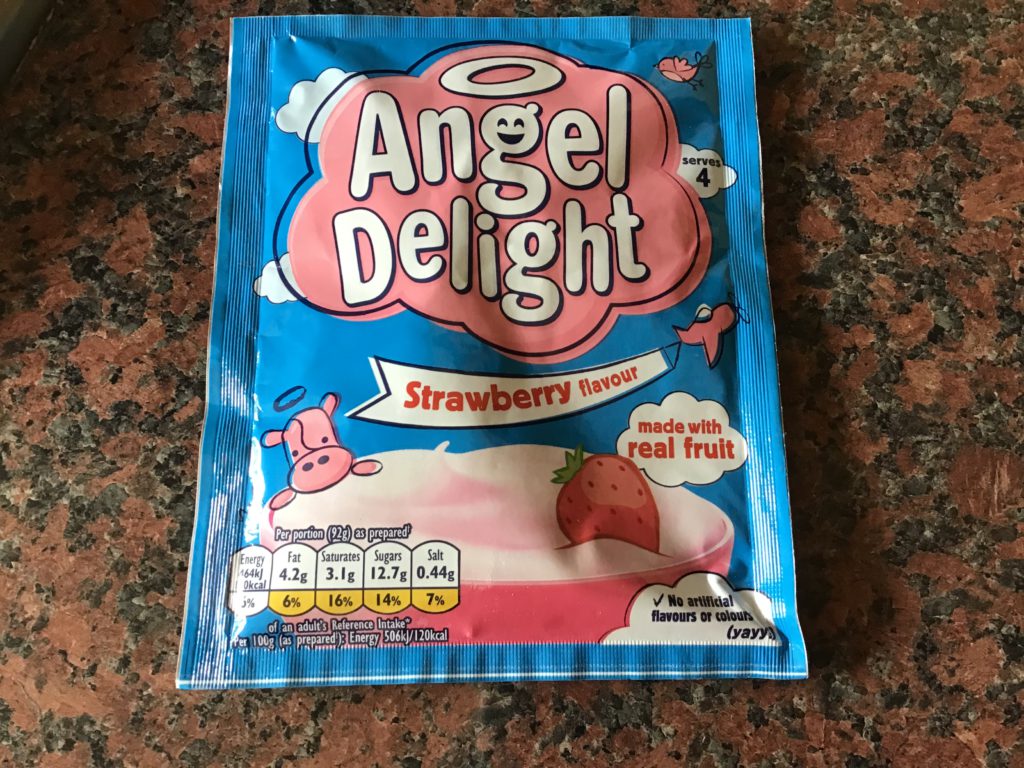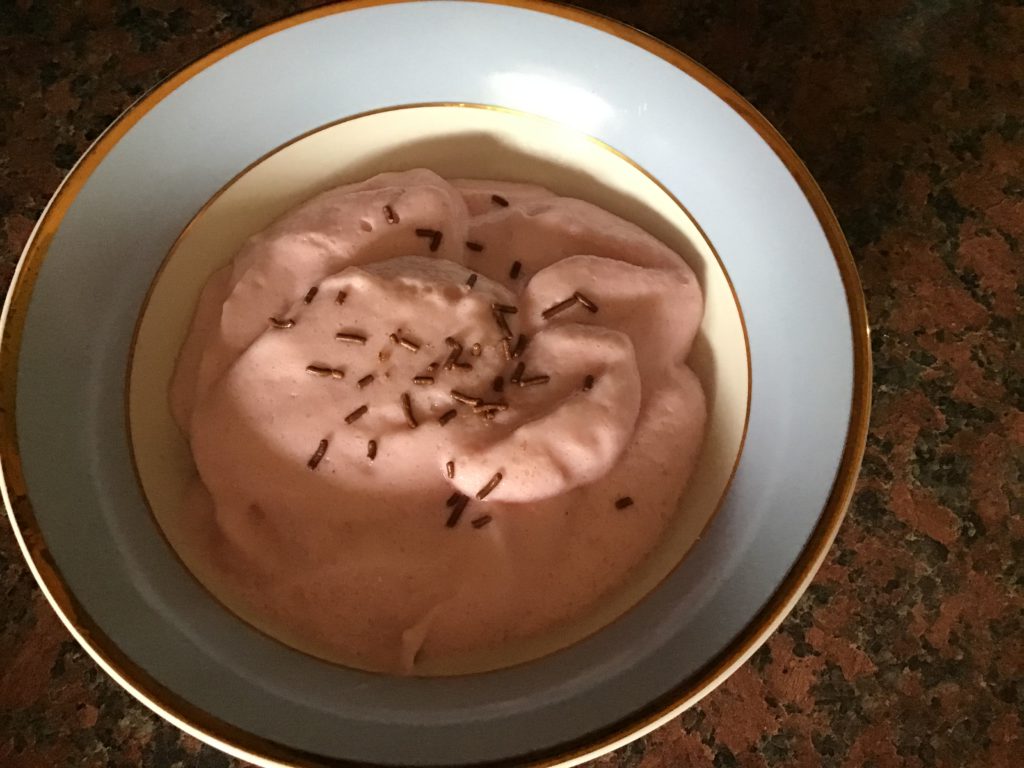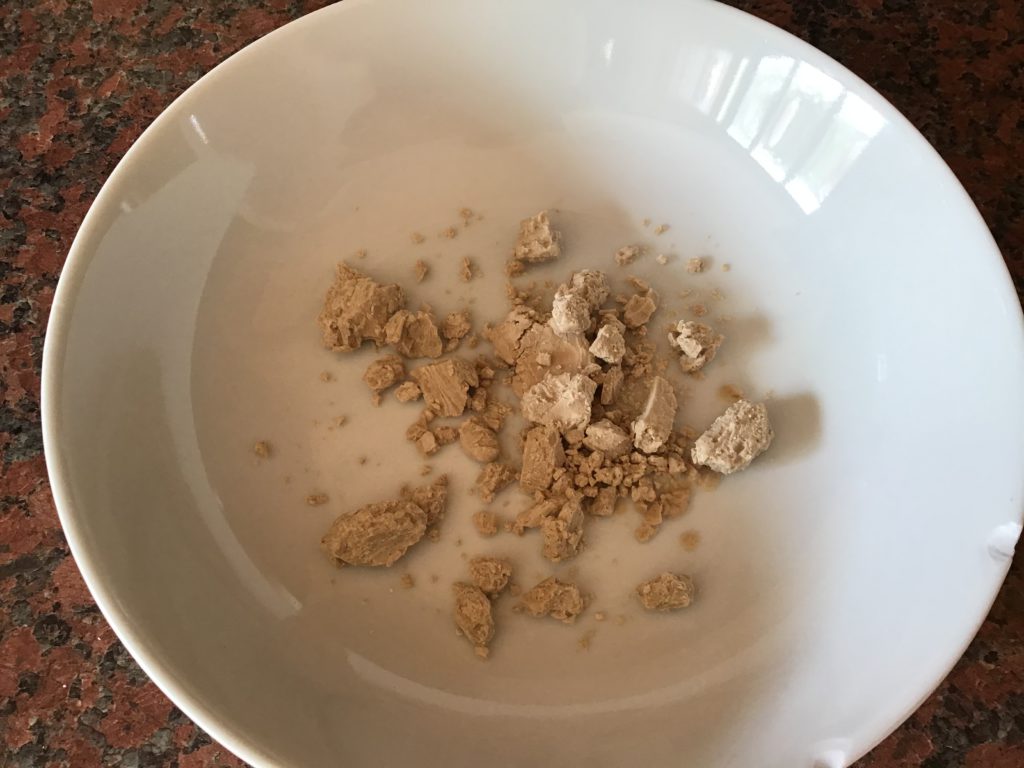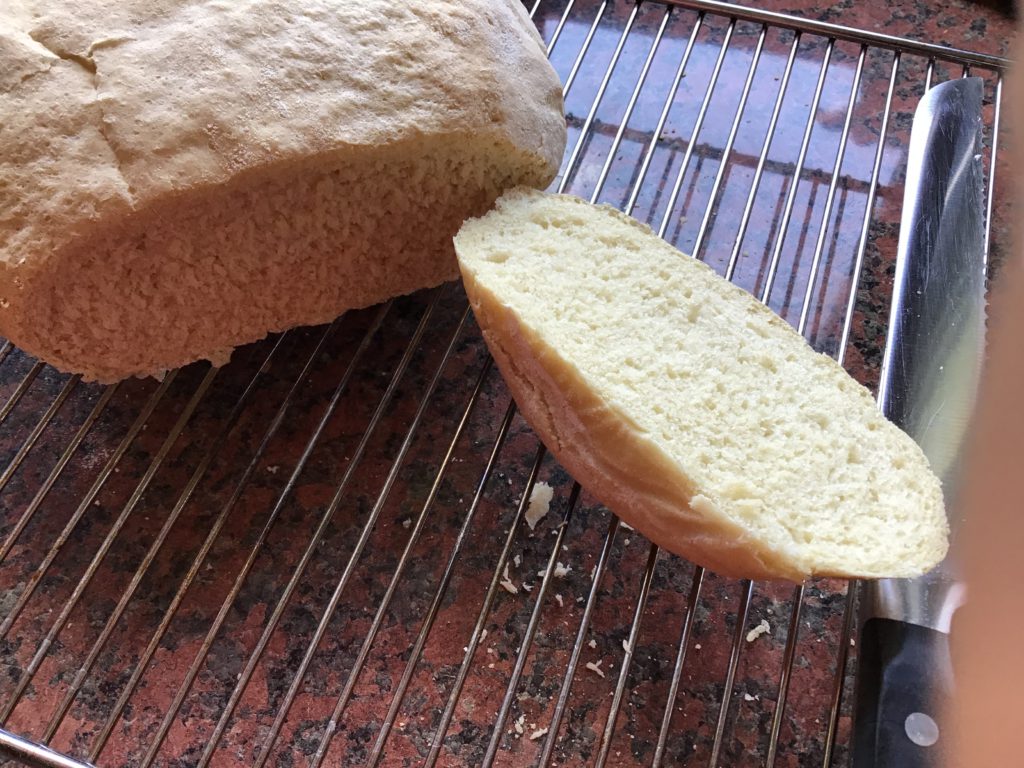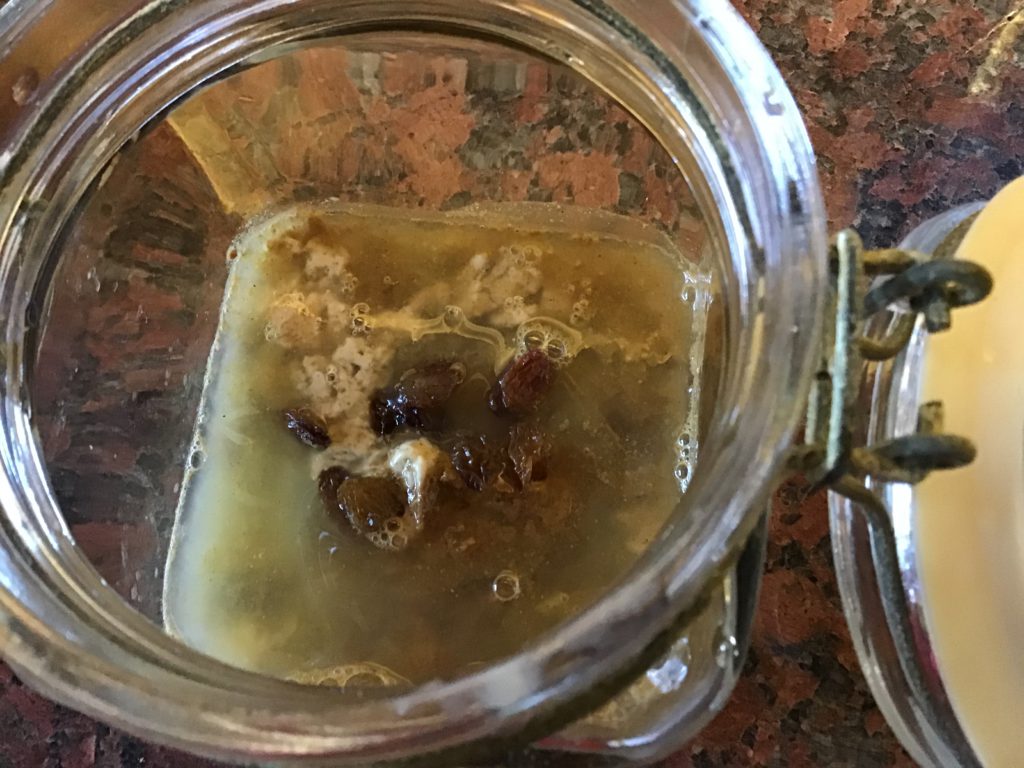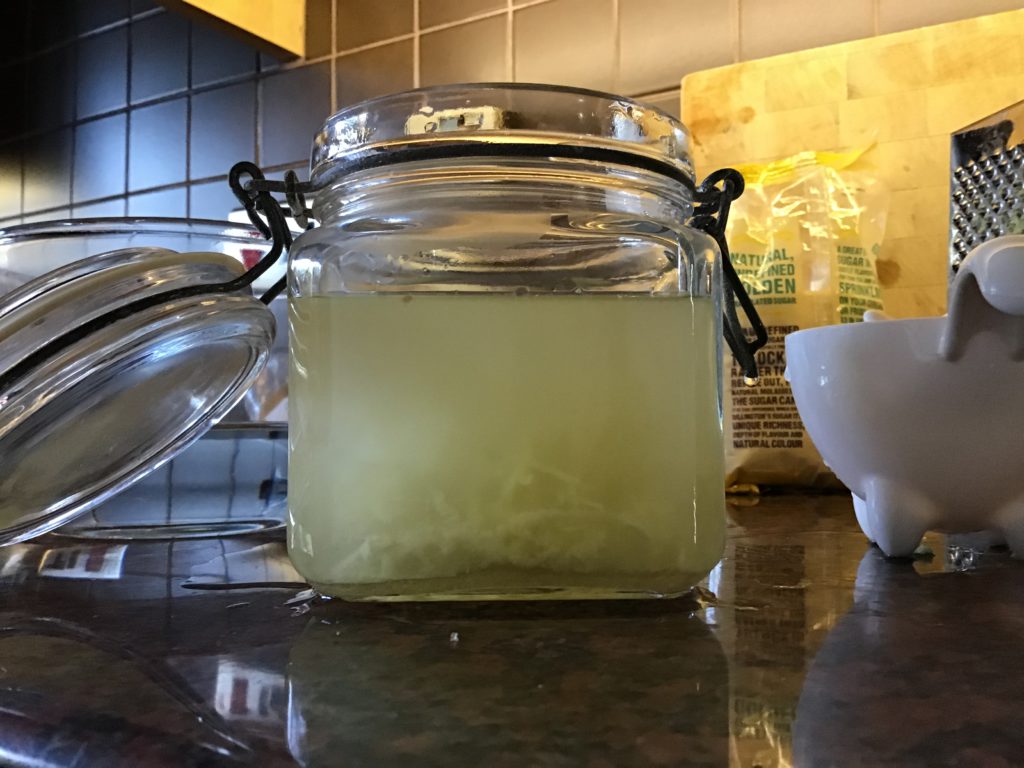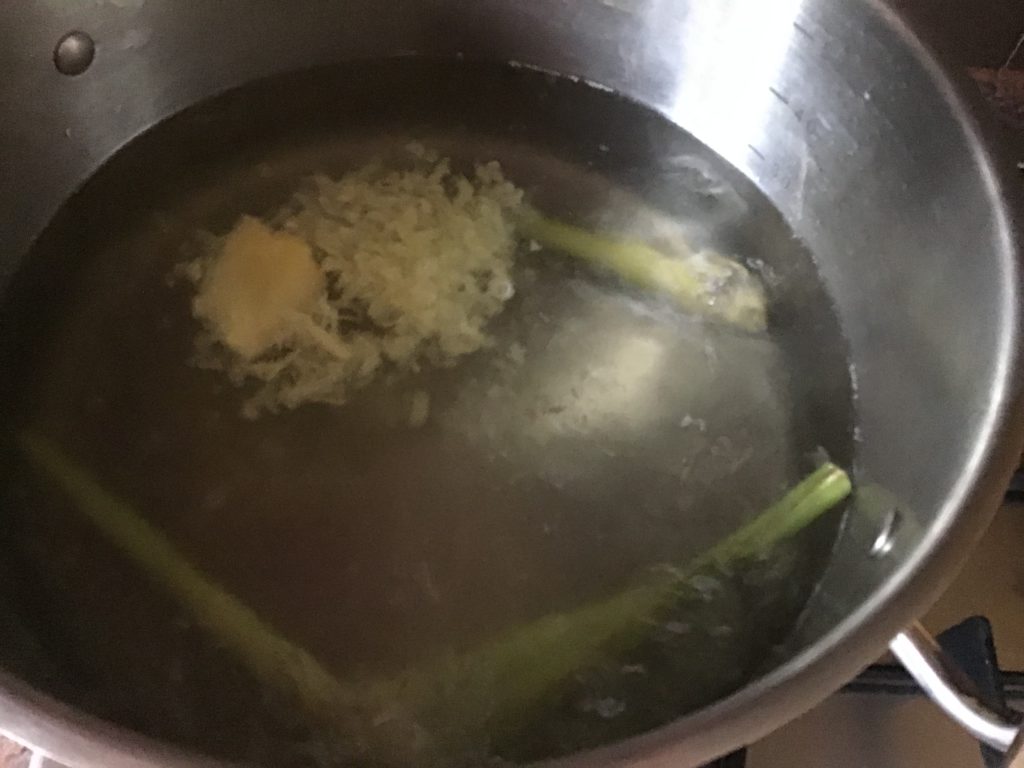Before Lockdown it was estimated that 4.5 million children in the UK were living below the poverty line. That number is set to grow by at least one million during 2020.
What does this mean in real terms? Well for some of my learners it means having only one set of clothes to wear. A set of clothes that is often still damp from having been washed the night before and, over time, begins to give off a musty, mouldy smell that sets apart the wearer in every sense of the word.
For other learners it is going without regular meals so that younger siblings can be fed. Such learners can apply for a means-tested free meal allowance using a thumb-print payment method. Every individual human thumb-print is unique but as a collective, in this instance, they mark off individuals as living in poverty.
What has really struck me whilst teaching during Lockdown is that it is a poverty of opportunity that is having and will continue to have, the most negative impact on the futures of those caught in the poverty trap.
A system is in place to monitor engagement with remote learning. For my particular group of learners engagement has been, for the most part, hit and miss.
Were they less inclined to engage with remote teaching and, if so, why? They were usually good attenders, maintained focus in class and responded positively to learning opportunities. They are very tech-savvy and had no problem interacting with virtual learning platforms when in college.
What was going on with these guys that was causing them to drop off the college radar?
I finally got to speak to one parent who explained that she had four children all trying to access school and college work from one laptop that she had borrowed from someone.
Another mum told me that they do not have access to WiFi and are using up data allowance on their phones to try to get the children’s school and college work done.
Yet another mum spoke to me in whispers down the phone. She didn’t want her daughters to know that their violent father, who mum has a restraining order against, had forced his way into the house and smashed up the one tablet they had because he thought mum was using it to visit dating sites.
Any learner without access to ICT equipment and/or WiFi can request to borrow a laptop and dongle. Unfortunately some will not receive these until early June when the academic year is nearly at an end.
There are other solutions. I have mailed work to some of my learners but due to cost and safeguarding constraints, they have no way of returning it once completed.
If a learner is able to submit electronic versions of their assignments I can mark these electronically, give constructive feedback, track progress and ensure that learning is sequenced and structured just as I would in a classroom.
Learners who are receiving work through the mail are excluded from this essential element of the learning process and are, as a result, at a disadvantage compared to their peers. How do they know what they have done well? How do they know what they need to do to improve? How do they recognise opportunities to push through barriers so that learning does not plateau?
Add to all this the compound loss of routine, interaction with peers within the virtual classroom and meaningful contact with teaching and support staff.
“How the other half live!” I once wrote this as a rather flippant comment on a report for a learner who, when asked why he was late back to class in the afternoon said “Well I went to Wetherspoon’s for a bit of lunch.”
Lockdown, remote teaching, difficult conversations with parents have truly shone a light on how the other half live.

